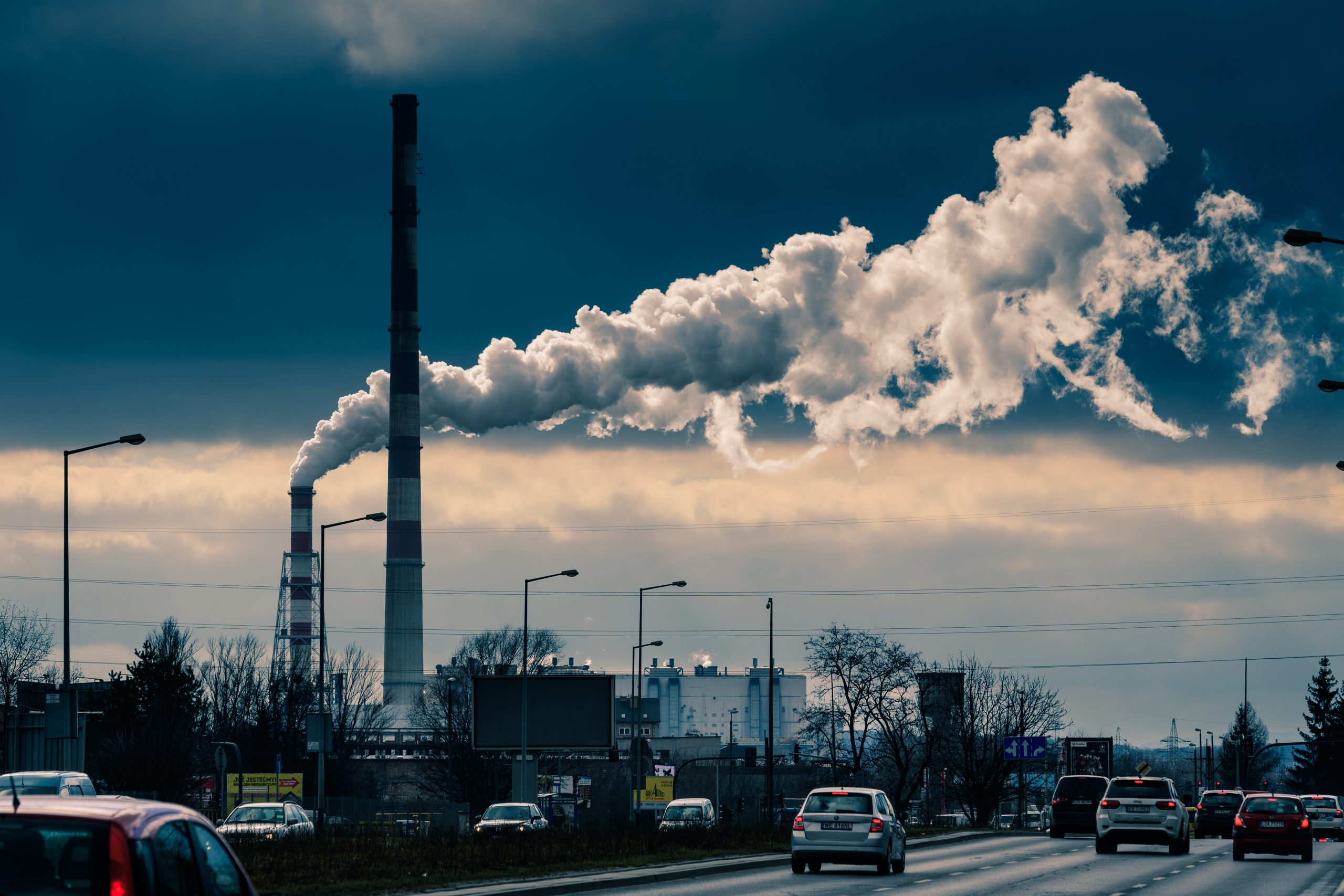Knock out the NOx
This title may sound like an ad for high-octane gasoline, but I’m talking about air pollution here! In air purification “PM” or particulate matter often steals the show and drives the decisions behind purchasing this filter versus that filter and this purifier over that one. But what about the gasses in air pollution? Gasses are not particulates–they are harmful molecules in the air that cannot be filtered out by plain HEPA filters. So what are they and how can we get rid of them?
NOx is one term for two nitrogen gasses commonly found in urban areas. It includes nitric oxide (NO), which is a colorless, odorless gas, and nitrogen dioxide (NO2), which is a reddish-brown gas with a pungent odor. They are produced during combustion: in factories, in transportation vehicles, and even boilers for heating apartments, office buildings, hospitals, universities, etc. They’re also produced indoors by gas stoves and furnaces when they are not properly vented.
Nitric oxide in ambient conditions is not harmful, as it dilates (relaxes) blood vessels and improves oxygenation. However in higher concentrations, it does two things: it will create a burning sensation in your throat and chest as it changes into nitric and nitrous acid, and it goes deep into your lungs to react with blood cells and eventually be excreted by the kidneys. Nitric oxide in the air that is not breathed in is converted to NO2, the other dangerous nitrogen gas, or precipitated in moisture as acid rain. (Poison Facts: Low Chemicals: Nitric Oxide)
According to Clarity.io, a manufacturer of air monitoring sensors, nitrogen dioxide pollution stays mostly concentrated in the area where it is emitted, meaning that areas with high vehicle traffic like urban areas tend to have the highest NO2 levels. (Clean air cities: Innovative approaches to improving air quality in urban settings) NO2 is a pretty nasty gas: it causes inflammation of the respiratory pathways, worsened cough and wheezing, reduced lung function, increased asthma attacks and is likely to be a cause of asthma in children. (Nitrogen Dioxide)
If you’ve been reading our articles or have any experience with air pollution or wildfire smoke, you’ll know that outside pollution eventually makes it into our homes, because they’re leaky. Thus, we don’t have a “safe place” to get away from air pollution unless we leave the city or take steps to make our home air cleaner. As we already discussed, just buying a plain HEPA filter or making a DIY air filter (Corsi-Rosenthal box) will not take NOx out of your home. There are ways to get rid of NOx, however: upgrade to a HEPA filter with activated carbon, AND eliminate the sources of NOx inside your home.
A 2014 study conducted in Baltimore, MD found that a two-pronged approach really helped reduce the NO2 in homes:
Replacement of unvented gas stoves with electric stoves reduced NO2 concentrations by 51% and 42% in the kitchen and bedroom, respectively, indicating that stove replacement impacts NO2 concentrations beyond the kitchen (even when the home also has a gas furnace or drier).
Placement of air purifiers with HEPA and carbon filters in the home results in a nearly 27% decrease in median kitchen NO2 concentrations immediately (1 week after placement), and reductions were maintained at 3 months following intervention.
Although the study also included the addition of a ventilation hood in some homes, it was unclear whether the hood helped lower NO2 emissions (ventilation does help remove air pollution, but it depends on strict use of the hood during and after cooking).
Activated carbon adsorbs the NO2 and secures it in the filter, until the filter is changed. Adsorption of NO2 can be enhanced by 38-55% by adding coatings to the activated carbon, such as potassium hydroxide (KOH). (Development of an activated carbon filter to remove NO2 and HONO in indoor air) Even wildfire smoke has NO2 in it; according to this Canadian government environmental webpage, wildfire smoke is a complex mixture of gases, particles and water vapour that contains pollutants such as: sulphur dioxide, nitrogen dioxide, carbon monoxide, volatile organic compounds, fine particulate matter (PM2.5), and ozone. Activated carbon can handle these gasses and VOCs, while HEPA filtration is used against PM2.5
Therefore, city dwellers, take note! Whether it’s “business as usual” as pollution from downtown traffic penetrates your home, or wildfires hundreds of miles away turn the skies orange and hazy, a purifier with HEPA and activated carbon is your best bet to knock out the NOx. Be on the lookout for purifier giveaways, too! Here are some programs being offered at this time:
San Joaquin Valley Air Pollution Control District (California) is giving away air purifiers to keep residents safe from air pollution. If you live in the area, you can apply for one here.
The City of Philadelphia is giving air purifiers to early-childhood education centers and schools. You can learn more and link to an interest form in this article.
Project N95, a national non-profit working to protect people and their communities during the COVID-19 pandemic and beyond, has begun a donation pilot program of air purifiers for schools and other organizations. You can fill out their form here.
Keep your eyes and browser open, as other organizations may spontaneously donate during events like the Canadian wildfires (the University of Connecticut gave away 100 DIY purifiers on June 8, 2023). During such a time, it’s the neighborly thing to do!
Photo by Jacek Dylag on Unsplash

